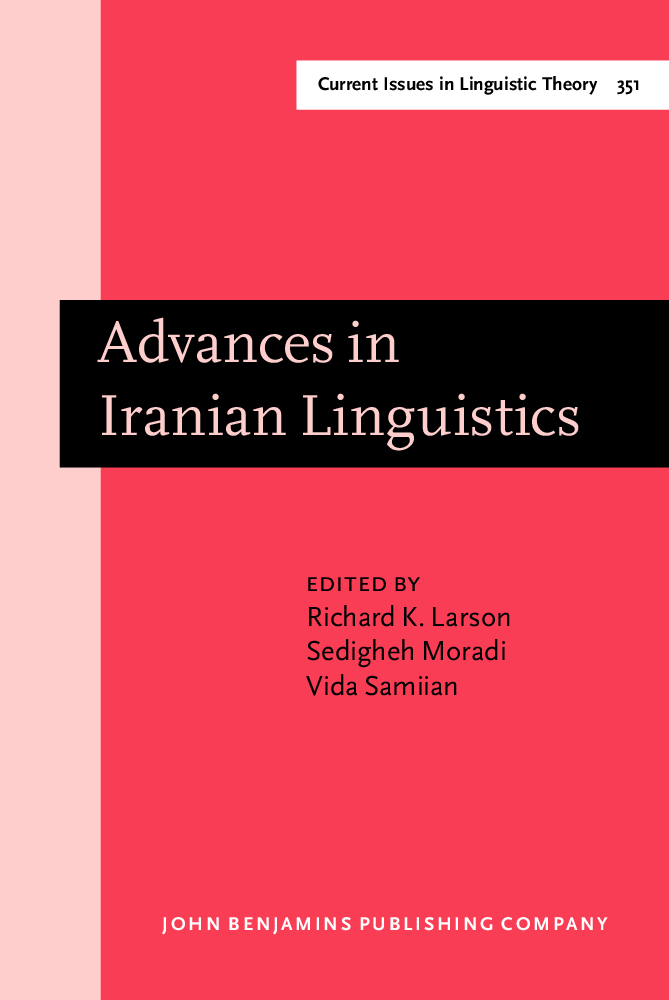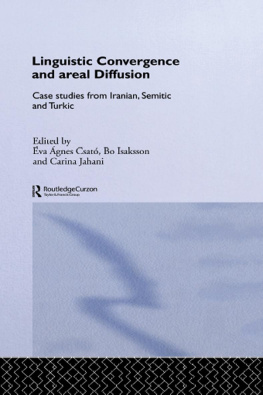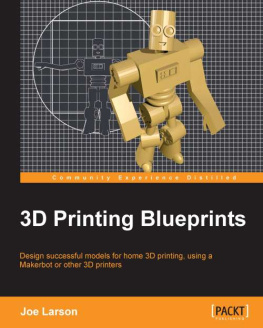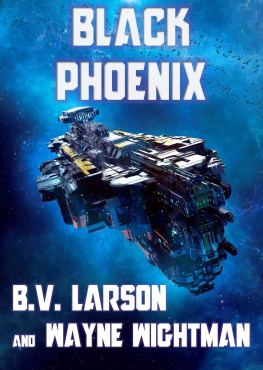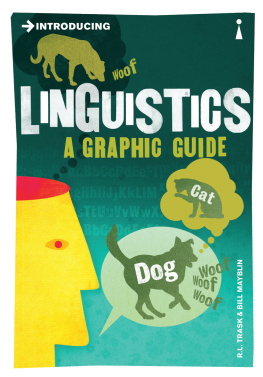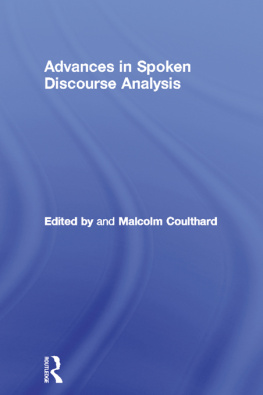Richard K. Larson Sedigheh Moradi Vida Samiian
2020 John Benjamins B.V.
No part of this book may be reproduced in any form, by print, photoprint, microfilm, or any other means, without written permission from the publisher.
Iranian languages as a stable diversity hub
The main focus of the current volume is on Persian. Ten of the twelve articles focus on some aspect of Persian including historical development, morphology, phonology, syntax and semantics, as well as language typology and classification of Iranian languages.
A linguistic space also represents a sizable language area which is valuable for typological studies of related languages. The observed changes are motivated either by evolutionary factors internally conditioning the Iranian family of languages or enforced under the influence of neighboring languages. This accentuates the importance of studying the languages originating in the Iranian plateau both chronologically and areally, a point elaborated on in the following section.
Despite all the changes they have undergone over centuries, Iranian languages form a fairly stable linguistic family. Stability and diversity might seem like two incompatible notions, but when studied in the manner of bio-organisms, great diversity of genetic lineages [in a population shows] a stable feature of all areas unless specific and identifiable geographical and cultural factors intervene. It is an evident ancient feature in long-inhabited and linguistically autonomous parts of the world; and the frequencies of certain typological features in high-diversity areas in all parts of the globe tend to converge on a common statistical profile (:1). This common genetic statistical profile is what also constitutes a diverse linguistic space.
As a stable hub, the Iranian family of languages provide an excellent laboratory for studying linguistic variation within the Indo-European family. This gains utmost importance due to the archaeological findings relating the eastward and westward movement of Indo-Iranian people to the linguistic spread of Indo-European languages. In a recent study in Science, ).
Classification of Iranian languages
With an estimated 150 to 200 million native speakers, the Iranian languages are spread across a vast region from West Asia (Central Turkey, Syria and Iraq) to Central Asia (Tajikistan, Afghanistan, Pakistan and Pamir) and further to the east (western part of Chinese Turkestan). To the North, they go as far as the central Caucasus (Ossetic) and North West Tajikistan (Yaghnobi), and to the South, Kumzari speakers reside in Oman across the Persian Gulf.
Map 1. A Geographic overview of Iranian languages
There is no agreed upon number of (Modern) Iranian languages and the distinction between variety and language remains contested in some cases, but some estimates claim as many as 86 languages (). Persian is the language with the highest number of speakers and includes three major varieties: Iranian Persian (iPersian) is the official language of Iran and the lingua franca serving education, media and government. Tajiki or tPersian is another recognized variety, serving as the official language of Tajikistan; and Dari or Afghan Persian (aPersian), spoken in Afghanistan, serves as the official language of Afghanistan along with Pashto, another Eastern Iranian language. Modern Iranian languages have evolved from their Middle Iranian antecedents (Middle Persian, Parthian, Sogdian, Bactrian, Saka, etc.) which had their precursor Old Iranian in Antiquity (Old Persian, Avestan, etc.).
In terms of linguistic genealogy, Iranian languages constitute the western group of the Indo-Iranian branch of the Indo-European language family. While historically Iranian languages are aligned with the Indo-European, and in particular Indic languages, from the areal perspective they have long interacted with the adjacent Turkic and Semitic languages. Additionally, Iranian languages have a well-documented written history going back over 2,500 years to Old Persian and Avestan (63rd century bce ) and to Middle Persian and other Middle Iranian languages (3rd century bce- 7th century ce ). Given their history and typological diversity, Iranian languages constitute an important source for linguistic exploration and analysis.
Traditionally, Iranian languages are classified in terms of genealogical and geographic subgroups. recognizes at least four major groups. The Northwestern group includes Kurdish, Gorani, Hawrami, Zazaki, Laki, Balochi, Talyshi, Tati, Vafsi, Sangesari, Semnani and the Caspian languages. The Southwest Iranian group includes the varieties of Persian: iPersian, Tajik/tPersian, Dari/aPersian, Tat in SE Caucasus, Lori, and Bakhtiari. The Southeast group includes Parachi and Ormuri; North or Northeast Iranian includes Ossetic and Yagnobi. East Iranian, also classified as Northeast, includes Pashto, the Pamir languages Shughni, Yazghulami, Wanji, Ishkashimi, Wakhi, Yidgha and Munji. This list simply includes some of the languages studied in recent fieldwork.
Paul (:61):
Persian < Balochi, Kurdish < Central Dialects < Caspian Languages < Semnani < Talyshi < Zazaki < Gurani
Aside from gradual internal changes that motivate a stratum-based classification of Iranian languages, there are also external changes, areal changes or changes due to contact with other language families that justify an areal classification as proposed by Stilo (:313).
Given the multiple perspectives on diversity, typology, and classification of Iranian languages, the chapter by Anonby, Hayes and Oikle makes a significant contribution by presenting a novel multi-dimensional approach for classifying the languages of Iran. To overcome limitations of existing two-dimensional models of language classification, they propose a three-dimensional language relation web based on a force-directed graph visualization as an alternative and more adequate model for expressing connections between language varieties. This architecture allows for differentiating and representing multiple types of linkages: shared genealogical inheritance, structural similarity through contact, and association through ethnic identification. The resulting model provides new insights into the classification of Irans languages and raises questions and prospects for the broader classification process.
